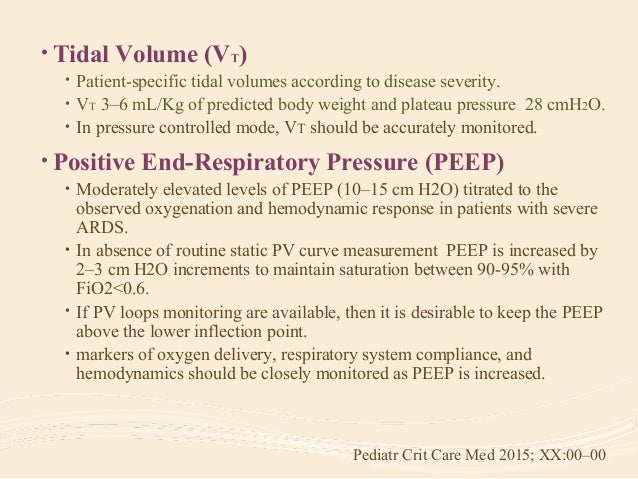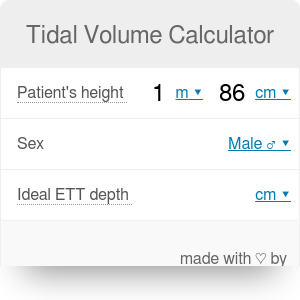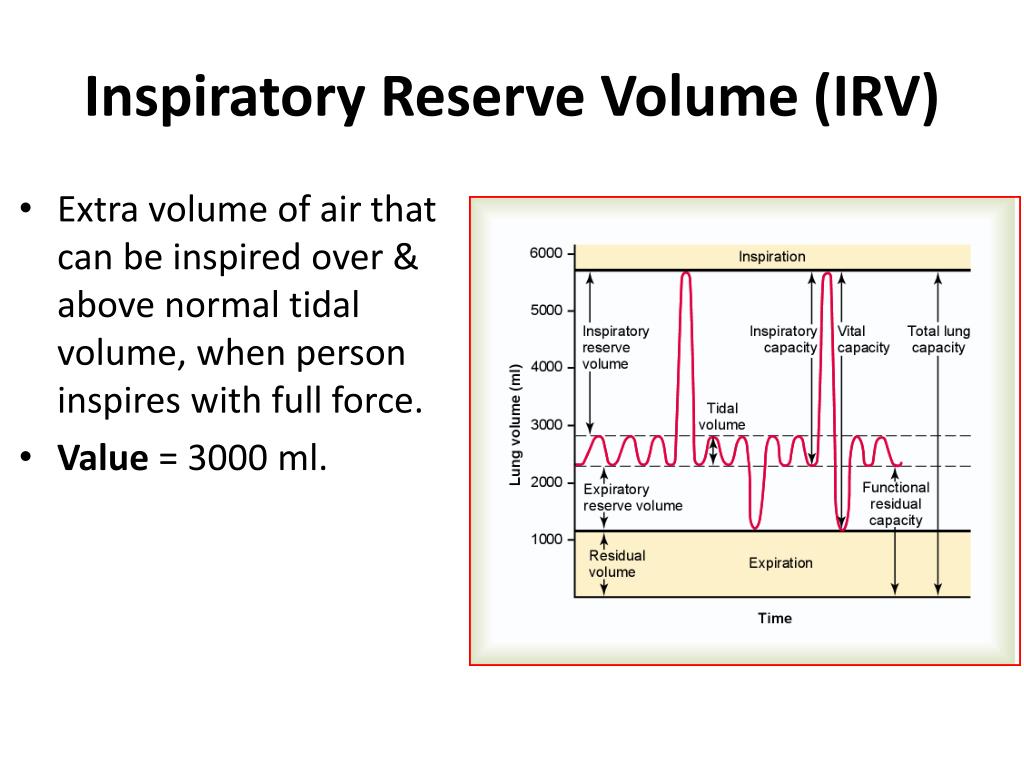
Effect of inspiratory time and flow settings during assist- control ventilation. Permissive hypercapnia: role in protective lung ventilatory strategies. Laffey JG, O’Croinin D, McLoughlin P, Kavanagh BP. Kirby RR, Downs JB, Civetta JM, et al High level positive end expiratory pressure in acute respiratory insufficiency. Mechanical ventilatory rates and tidal volumes. New York: Churchill Livingstone 1992:973-997 Management of the patient-mechanical ventilator system. Physiologic approach to mechanical ventilation. Huang CC, Shih MJ, Tsai YH, et al Effects of inverse ratio ventilation versus positive end-expiratory pressure on gas exchange and gastric intramucosal Paco2 and pH under constant mean airway pressure in acute respiratory distress syndrome. Low mortality associated with low volume, pressure limited ventilation with permissive hypercapnia in severe adult respiratory distress syndrome. Gurevitch MJ, Van Dyke J, Young ES, et al Improved oxygenation and lower peak airway pressure in severe adult respiratory distress syndrome: treatment with inverse ratio ventilation. The importance of trigger sensitivity to ventilator response delay in advanced chronic obstructive pulmonary disease with respiratory failure. Gattinoni L, Pelosi P, Crotti S, et al Effects of positive end-expiratory pressure on regional distribution of tidal volume and recruitment in adult respiratory distress syndrome. Gattinoni L, Pesenti A, Bombino M, et al Relationships between lung computed tomographic density, gas exchange, and PEEP in acute respiratory failure. PEEP: more than just support? Inten Care Med. 1994 150:1722-1737įellahi J-L, Valtier B, Bourdarias J-P, et al Does positive end-expiratory pressure ventilation improve left ventricular performance: a comparative study by transesophageal echocardiography in cardiac and noncardiac patients.

Premissive hypercapnia: how permissive should we be? Am J Respir Crit Care Med. Inverse ratio ventilation: PEEP in disguise? Chest. Respir Care 37:999-1130 1992ĭambrosio M, Roupie E, Mollet JJ, et al Effects of positive end-expiratory pressure and different tidal volumes on alveolar recruitment and hyperinflation. 1997 155:473Ĭonsensus Conference on the Essentials of Mechanical Ventilation. 1996 109:480Ĭhatte G, Sab J-M, Dubois J-M, et al Prone position in mechanically ventilated patients with severe acute respiratory failure. 2002 30:2295-2299Ĭereda M, Foti G, Musch G, et al Positive end-expiratory pressure prevents the loss of respiratory compliance during low tidal volume ventilation in acute lung injury patients. Increasing inspiratory time exacerbates ventilator-induced lung injury during high pressure/high-volume mechanical ventilation. Should inverse ratio ventilation be used in adult respiratory distress syndrome? Am J Respir Crit Care Med. Intrinsic (or auto-) positive end-expiratory pressure during spontaneous or assisted ventilation. Understanding and implementing advances in ventilator capabilities. Effects of varying inspiratory flow waveform and time in intermittent positive pressure ventilation: emphysema. Pressure-controlled, inverse ratio ventilation that avoids air trapping in the adult respiratory distress syndrome. Decelerating inspiratory flow wave-form improves lung mechanics and gas exchange in patients on intermittent positive pressure ventilation. The prone position eliminates compression of the lungs by the heart.


Cardiopulmonary effects of pressure controlled inverse ratio ventilation in severe respiratory failure. This process is experimental and the keywords may be updated as the learning algorithm improves.Ībraham E, Yoshihara G. These keywords were added by machine and not by the authors. Although there is still debate about what constitute safe tidal volumes in persons with normal lungs, it is generally considered unnecessary to exceed 10 mL/kg ideal body weight in these individuals. Therefore, during mechanical ventilation, the tidal volumes traditionally considered appropriate for adults were in the range of 10-15 mL/kg body weight, until it was realized that patients with lung injury do poorly with of even as little as 10 mL/kg per breath. Ventilated individuals with normal lungs prefer 2 or 3 times the normal tidal volumes. In volume-targeted ventilation, tidal volumes are physician-preset. Since in the ICU scenario height can be difficult to measure, ideal body weight is taken as its surrogate (see Fig.

Tidal volumes are calculated from the height of the patient. Tidal volume is the volume of air moved in and out of the lungs with each breath.


 0 kommentar(er)
0 kommentar(er)
